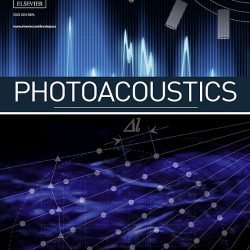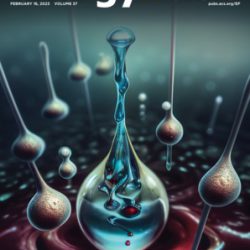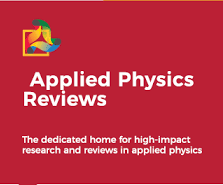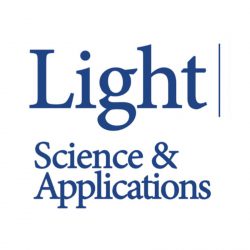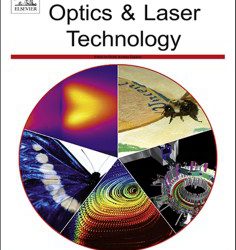Polysense and Polysense Innovations Team members listed in the World Scientists Rankings 2025 by AD Scientific Index
We are proud to share that PolySense and Polysense Innovations team members have once again been recognized in the World Scientists Rankings 2025 by the AD Scientific Index! The AD Scientific Index (Alper-Doger Scientific Index) evaluates researchers based on their scientific performance and the impact of their work, making this achievement particularly meaningful. A huge Leggi di piùPolysense and Polysense Innovations Team members listed in the World Scientists Rankings 2025 by AD Scientific Index[…]

